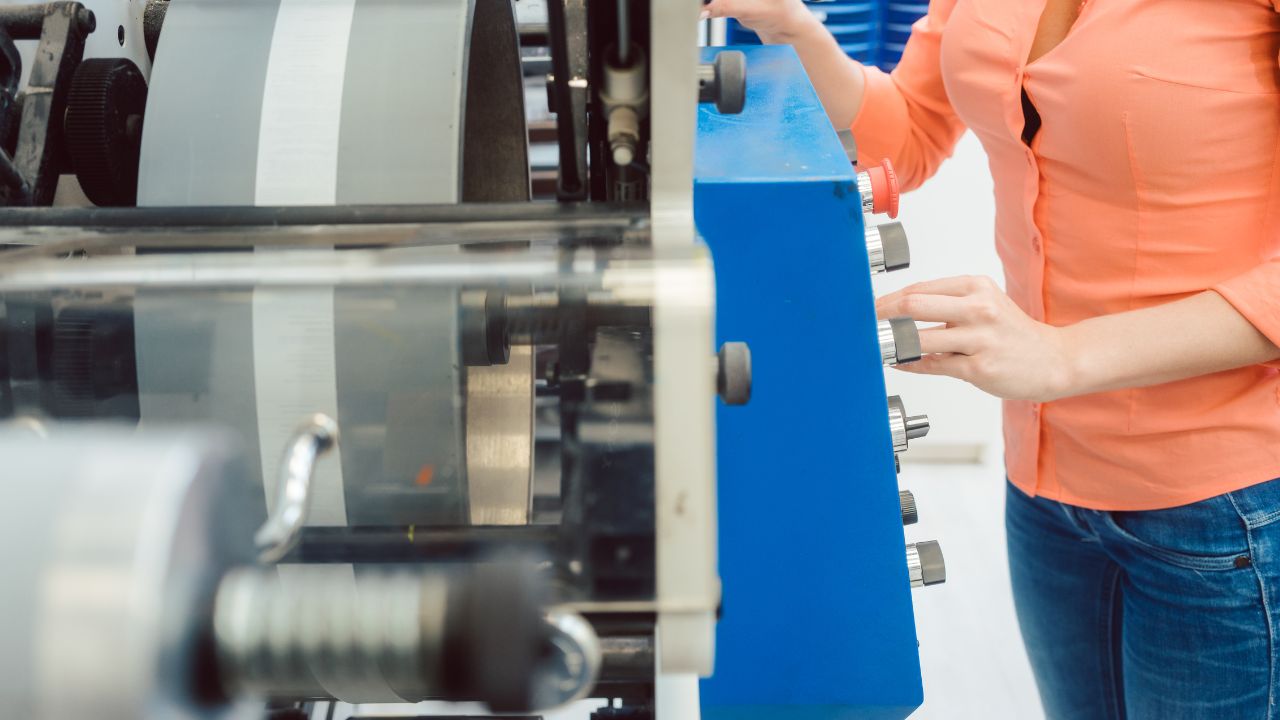Choosing the right bottle labeler for your pharmaceutical production line is crucial for maintaining efficiency, ensuring accuracy, and meeting regulatory requirements. One of the key factors to consider when selecting a bottle labeler is your production volume.
High, medium, or low production capacities require different types of equipment to ensure smooth operations. This article will guide you through the process of choosing the right bottle labeler based on your production needs.
Assessing Your Production Volume
The first step in selecting a bottle labeler is to accurately assess your production volume. This can be broken down into the number of bottles you need to label per minute, hour, or shift. For high-volume production, you might need a labeler that can handle several thousand bottles per hour, whereas smaller operations may require a machine that can manage just a few hundred bottles per hour.
- High-Volume Production: If your facility operates 24/7 or handles large-scale pharmaceutical production, you’ll need a high-speed, fully automated labeling machine. These machines are designed to label hundreds to thousands of bottles per minute, minimizing downtime and ensuring continuous production.
- Medium-Volume Production: For mid-sized facilities, semi-automated or automated machines that can label a few thousand bottles per day might be more appropriate. These machines balance speed and cost-efficiency, making them a good choice for operations that don’t need the highest speeds but still require reliability.
- Low-Volume Production: Smaller-scale operations, such as niche pharmaceutical companies or research labs, may not require high-speed equipment. In these cases, manual or semi-automated labelers can suffice. These machines are typically more cost-effective and easier to operate, making them ideal for lower production demands.
Consider the Labeling Speed
Once you have determined your production volume, the next factor to consider is the labeling speed of the machine. Labeling speed is measured in bottles per minute (BPM). For high-volume production, look for machines with high BPM rates to meet your production goals.
- Fully Automated Labelers: These are ideal for high-speed operations, capable of labeling up to 500 BPM or more. They offer maximum throughput but require more initial investment and setup.
- Semi-Automated Labelers: For mid-sized production, machines with speeds between 50 to 200 BPM are typically suitable. These machines may require manual bottle loading but still offer significant time savings.
- Manual Labelers: Manual machines or low-speed semi-automated systems, which can label between 10 to 50 BPM, are ideal for small-scale operations where the cost of automation may not be justified.
Machine Flexibility and Scalability
As production demands can fluctuate, choosing a flexible and scalable bottle labeler is essential. High-volume labelers often come with adjustable settings that allow for quick changes in bottle size, label size, and material. This flexibility ensures that your equipment can handle different products as your production line evolves.
For lower-volume production, even though speed may not be the highest priority, flexibility is still key. Look for machines that can be upgraded or modified to accommodate future growth in production capacity.
Integration with Other Equipment
When choosing a labeler, consider how it integrates with the rest of your production line. High-volume labelers often need to be synchronized with other automated systems like filling, capping, and packaging machines. Integration ensures that the entire process is streamlined, reducing the risk of bottlenecks and ensuring consistent labeling at high speeds.
Cost Considerations
Budget is always a factor when selecting equipment. High-speed automated labelers come with a higher initial investment but can save money over time by reducing labor costs and increasing throughput. Conversely, manual or semi-automated labelers are more affordable upfront, but they may become a bottleneck if production scales up without upgrading the equipment.
Conclusion
Choosing the right bottle labeler based on your production volume requires a careful assessment of your facility’s needs. High-volume production demands fully automated machines that prioritize speed and integration, while lower-volume operations can benefit from manual or semi-automated labelers that provide flexibility and cost savings.
By understanding your production volume, labeling speed requirements, and long-term goals, you can make an informed decision that optimizes efficiency and ensures the smooth operation of your pharmaceutical production line.

